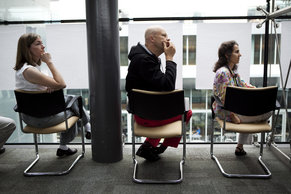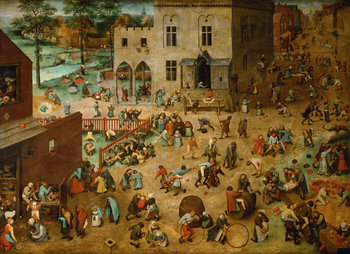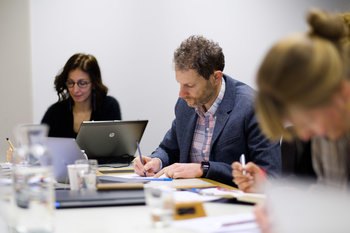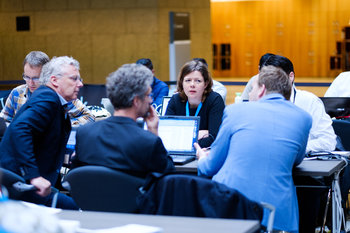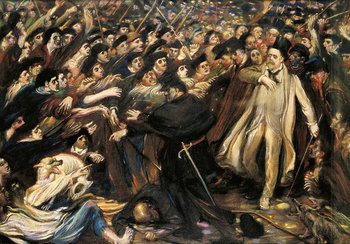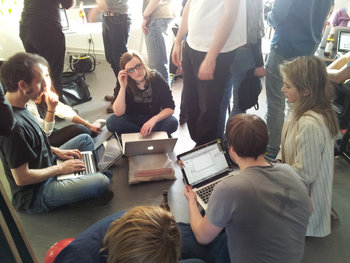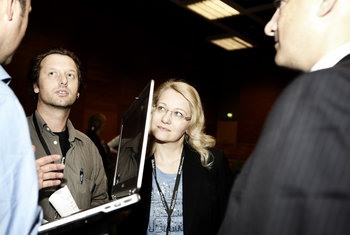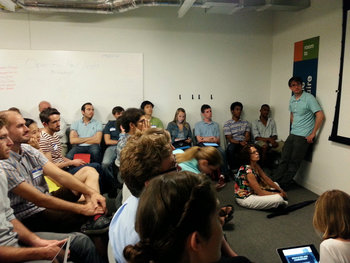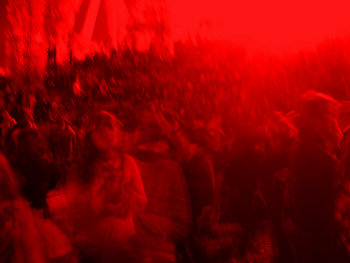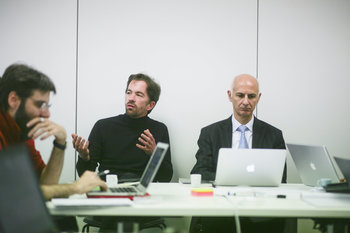
Structures
Organizational structures such as authority, roles, accountability, responsibility and separation of concerns.
Objectives
Agreeing to consistent goals and objectives at the organization, department, team and individual levels.
Performance Management
Evaluating the performance of teams and individuals against objectives to reward performance and take corrective action where performance is lagging.
Task Assignment
Assigning work to teams and individuals.
Setting Expectations
Clearly communicating what is expected of teams and individuals.
Supervision
Being physically present to oversee work.
Measurements
Developing metrics to quantify organizational performance.
Monitoring
Monitoring work with systems, communications and reporting.
Processes
Implementing repeated work as business processes that can be continually improved.
Practices
Leveraging a body of knowledge to guide processes and procedures. For example, using a project management methodology to set expectations for what is required of project managers.
Systems
Automating work using IT systems and physical automation such as robotics.
Tools
Productivity tools that help to standardize work outputs.
Principles
Formal guidelines for strategy and decision making.
Procedures
Guidelines and steps for completing work.
Policy
Rules that govern the day-to-day operations of an organization.
Standards
Adopting standards to guide requirements, specifications and methods.
Checklists
Lists of tasks that need to be completed and things that need to be confirmed in a particular business scenario.
Accounting
Accounting for resources such as budget, asset and inventory control.
Audit Trail
Recording the information required to reconstruct events and actions.
Audits
A systematic and independent verification of accounts, records and measurements.
Summary
The following are the basic types of management controls.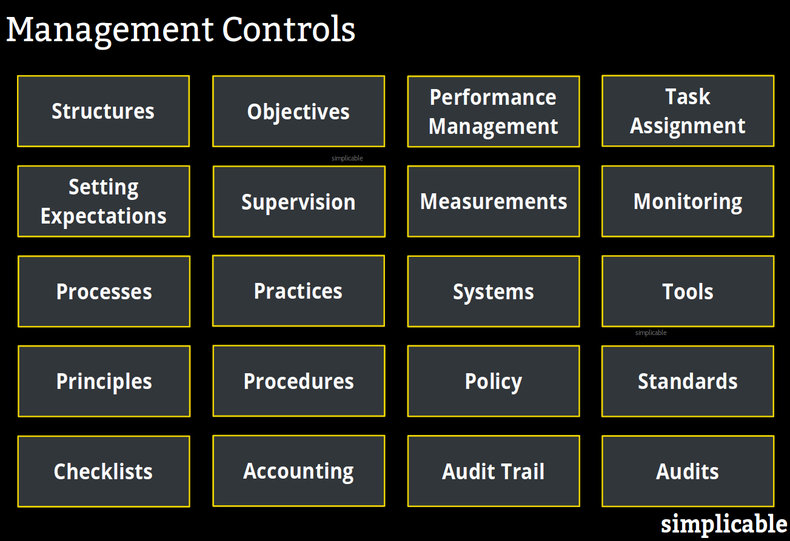
| Overview: Management Controls | ||
Type | ||
Definition | Mechanisms that allow a manager to direct the resources of an organization. | |
Related Concepts | ||




